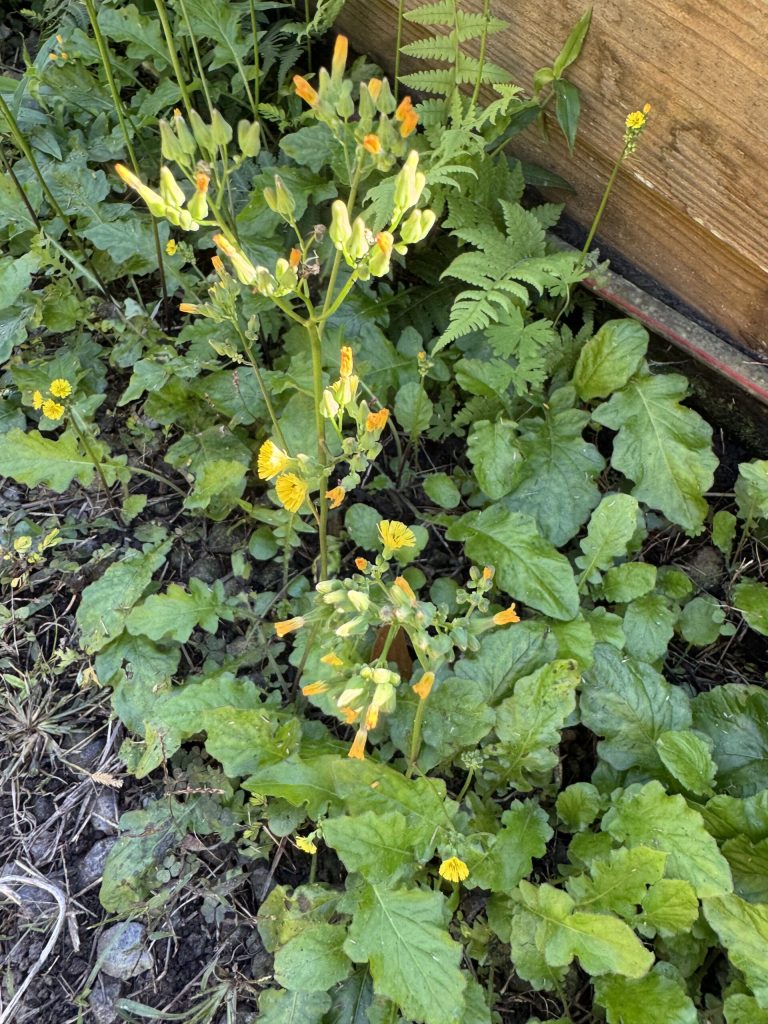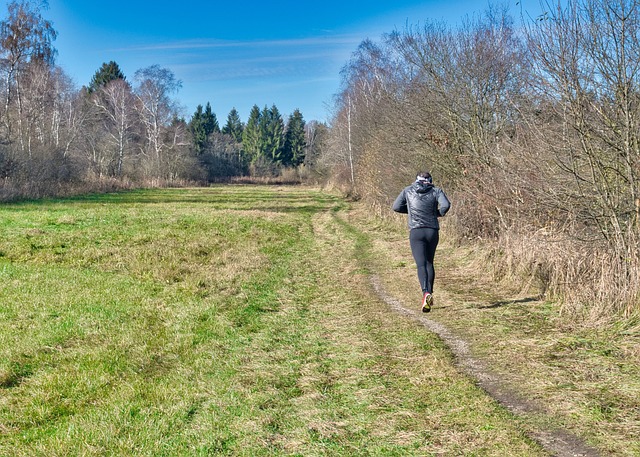Soil and how — a short introduction to this piece.
Soil and how: Quick Notes
Most gardeners think of weeds as nothing but a nuisance. However, weeds are like messengers. The plants that pop up uninvited in your garden are actually giving you clues about the condition of your soil whether it’s too compact, too acidic, too soggy, or just right.
Learning to read your weeds can save you time, improve your soil, and prevent future weed problems. Let’s dive into a few common weeds and soil solutions.
Compacted or Poorly Drained Soil
Common weeds: Dandelion, Broadleaf Plantain, Knotweed
Soil clue: Compacted, heavy, low oxygen soil
Compacted soil limits root growth and air flow, creating perfect conditions for weeds with deep taproots.
How to fix it:
- Aerate your soil with a garden fork or mechanical aerator
- Add compost or organic matter to improve structure
- Mulch to protect the surface and retain moisture
- Plant deep-rooted cover crops like daikon radish to loosen soil naturally
Low Fertility or Nutrient-Poor Soil
Common weeds: Shepherd’s Purse, Chickweed, Lamb’s Quarters
Soil clue: Low fertility or depleted nutrients
When nutrients are lacking, these hardy weeds move in to fill the gap.
How to fix it:
- Add compost, aged manure, or organic fertilizer
- Rotate crops to balance nutrient use
- Grow green manure or nitrogen-fixing cover crops to rebuild fertility
High Fertility or Nitrogen-Rich Soil
Common weeds: Nettle, Purslane, Chickweed
Soil clue: High nitrogen, fertile soil
You’ve got healthy soil—but maybe too much of a good thing.
How to fix it:
- Grow heavy-feeding crops like corn, squash, or brassicas
- Mix in carbon-rich materials such as straw or shredded leaves to balance nitrogen levels
Acidic Soil (Low pH)
Common weeds: Sheep Sorrel, Red Sorrel, Plantain, Moss
Soil clue: Low pH, overly acidic
Acidic conditions make it harder for many vegetables and flowers to thrive.
How to fix it:
- Apply lime (dolomitic or calcitic, depending on your soil test) to raise pH
- Add compost regularly to buffer acidity and promote balance
Alkaline Soil (High pH)
Common weeds: Chicory, Wild Carrot, Goosefoot
Soil clue: High pH, overly alkaline
Some areas naturally lean alkaline, especially where there’s limestone.
How to fix it:
- Apply elemental sulfur or acidifying fertilizers such as cottonseed meal
- Incorporate organic matter to moderate soil pH over time
Wet or Poorly Drained Soil
Common weeds: Willow Herb, Sedges, Smartweed, Rushes
Soil clue: Waterlogged soil with poor drainage
Standing water deprives roots of oxygen and invites these moisture-loving weeds.
How to fix it:
- Build raised beds for better drainage
- Add organic matter or coarse sand to loosen heavy clay
- Use drainage tiles or swales if flooding is persistent
Dry, Sandy Soil
Common weeds: Ragweed, Yarrow, Wormwood
Soil clue: Loose, fast-draining, low-moisture soil
These weeds thrive where moisture quickly disappears.
How to fix it:
- Add compost or peat moss to retain water
- Mulch heavily to prevent evaporation
- Choose drought-tolerant plants suited to your conditions
Low Nitrogen Levels
Common weed: Clover
Soil clue: Nitrogen deficiency
Clover naturally appears to restore nitrogen—it’s nature’s fixer!
How to fix it:
- Grow clover or other legumes intentionally as cover crops
- Apply nitrogen-rich amendments like blood meal, fish emulsion, or compost tea
How to Improve Garden Soil Long-Term
To maintain healthy soil and minimize weed problems:
- Test your soil every 1–2 years for pH and nutrients
- Keep soil covered with mulch or living plants
- Rotate crops and add organic matter regularly
- Encourage earthworms and beneficial microbes
Healthy soil supports healthy plants—and fewer weeds. Once your soil is in balance, your garden will practically take care of itself.
Soil and how appears here to highlight key ideas for readers.













